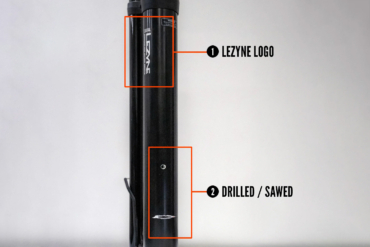Last July, when Greg Martin rolled across the finish line to win the 2009 Singlespeed World Championships bike race in Canmore, Alberta, one thing was missing from the rig he’d pedaled for 24 hours straight: A bike chain.
Martin was riding a bike equipped with a belt drive instead of a chain. As innovations in the world of cycling go, the Carbon Drive System from Gates, a company in Denver, could be a game changer.

The humble bike chain — greasy, gunk-prone, finicky if not lubed and maintained — has been standard equipment for decades. But belt drives, which employ a flexible loop of polyurethane embedded with carbon-fiber cords, give bikers a new option.
Gates’ belt drives (www.carbondrivesystems.com) work with aluminum-alloy sprockets instead of traditional gears. It’s a setup similar to what’s long been employed on motorcycles. Indeed, Gates is a leading supplier of belts in the automotive industry, where its products are used by companies like Harley-Davidson.
The Gates belt drive that Greg Martin used to win is now seen on more than 40 bikes from major companies like Trek and Raleigh to independent bike builders and custom shops. (Martin rode a model made by Spot Bicycles, a small company in Golden, Colo.) Gates touts advantages that include a quieter ride, a stronger and lighter drivetrain component set, and a maintenance-free “greaseless chain” that never requires lube.

For the past month, I have been test driving the belt-equipped Judan model from Norco, a company based in Port Coquitlam, B.C. This tank of a bike includes 29-inch wheels and a steel frame. It weighs about 25 pounds and is a single-speed model with a front shock.
At $1,799, Norco sells the Judan in one configuration only. Its Gates Carbon Drive System is set up with a 46-tooth front sprocket and 28-tooth rear cog, which is about the equivalent to a 32-tooth by 20-tooth traditional chain drive.
It pedaled strong and — strangely — near silently as I rolled unto a singletrack trail near my home. The belt drive cranked smoothly, and except for braking and wheels biting the dirt, there was almost no noise.
continued on next page. . .






